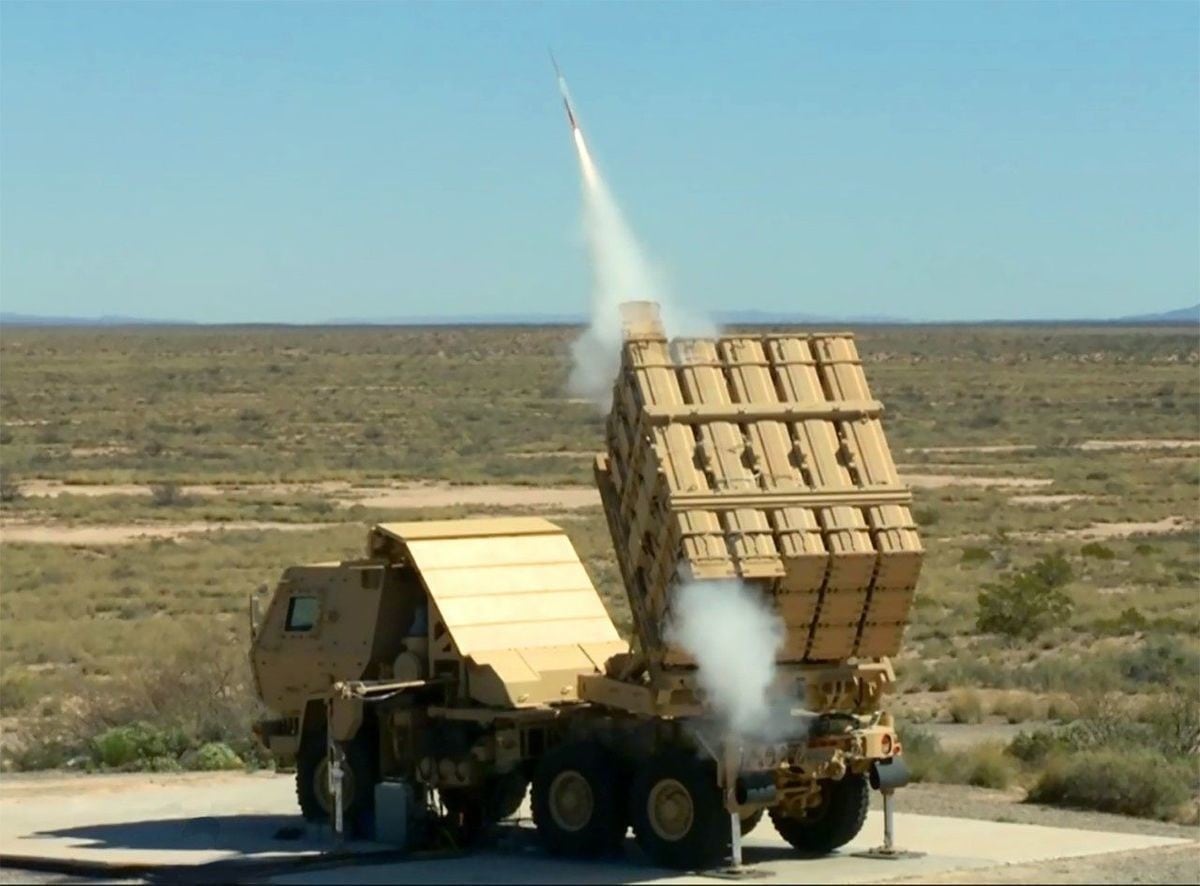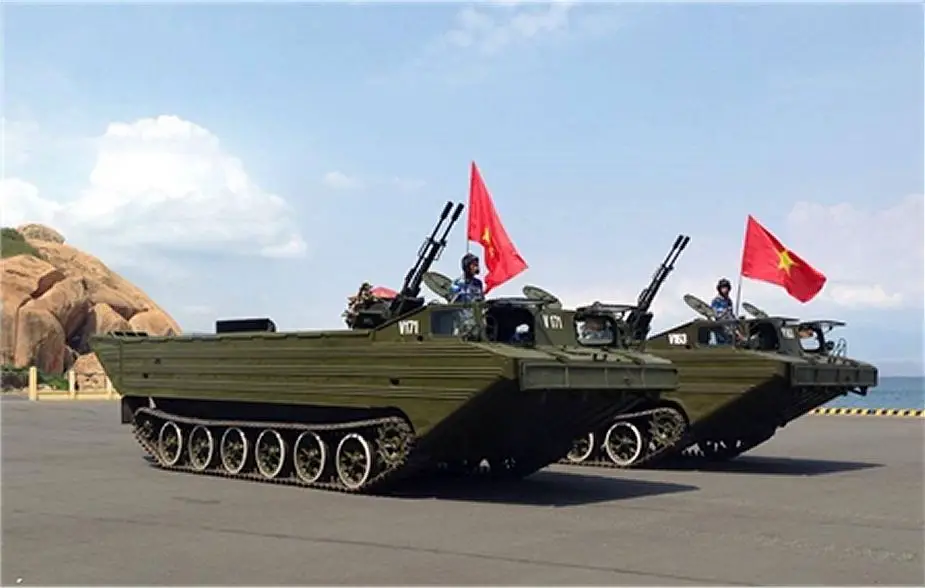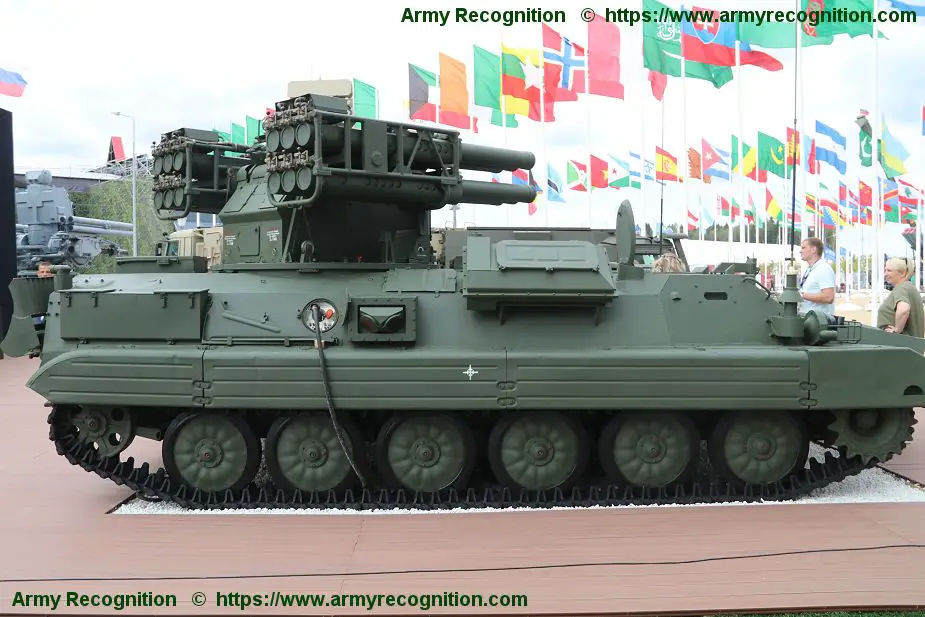The Army is heading toward acquiring an
interim cruise missile protection capability as part of an effort being spearheaded by the air-and-missile defense cross functional team within the service’s new Futures Command.
The Army’s AMD CFT took on the
Indirect Fire Protection Capability Increment 2 program as one of its priorities in April this year at the request of the Army Under Secretary Ryan McCarthy due to challenges with the baseline program and the need to prioritize the development of a cruise missile defense capability, Col. William Darne, the AMD CFT’s chief of staff, said August 7 at the Space and Missile Defense Symposium.
Originally IFPC Inc. 2 was to address rockets, artillery and mortar threats but then the Army decided to focus on cruise missile and counter-unmanned aircraft systems missions for the increment as the C-RAM threat was being met through a different system in the service’s inventory.
“We are working with the program manager,” Darne said, “and it looks like the direction we are likely to head is we have to come up with an interim capability, something we can get very quickly out there to provide some capability, and then, meanwhile, also figuring out what we need to do with the program of record.”
The move to acquiring an interim solution is a 180-degree turn from what the Army said in March at the Association of the U.S. Army’s Global Force Symposium also in Huntsville. When asked by Defense News then about the possibility of an interim capability for IFPC, Army AMD leaders said they were sticking to their plan to field IFPC in roughly 2023 and were focused on that mission.
But then the House and Senate Armed Services Committee presented similar language aiming for an interim cruise missile solution in their separate fiscal 2019 defense authorization bills released in May and June.
The SASC’s draft would give the Army 30 days following the bill’s enactment to answer the committee on whether to deploy an interim cruise missile defense capability, but also instructed the Army to buy two batteries no later than Sept. 30, 2022 and two more by Sept. 30, 2023.
The HASC’s draft got more specific, requesting the Army experiment with
Israeli company Rafael’s Iron Dome, that U.S. company Raytheon has co-developed with the country and the U.S. government has funded, through demonstrations to assess the operational suitability for air and missile defense at fixed and semi-fixed sites.
Ultimately, the National Defense Authorization Act requires the Army to come up with an interim solution and provides $87 million in additional funding to do so, contingent on actual defense appropriations. The FY19 defense spending bill has yet to be passed.







